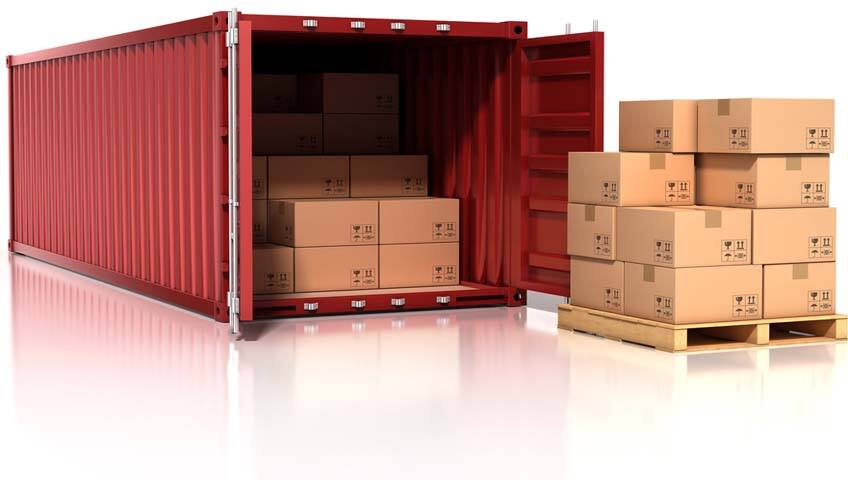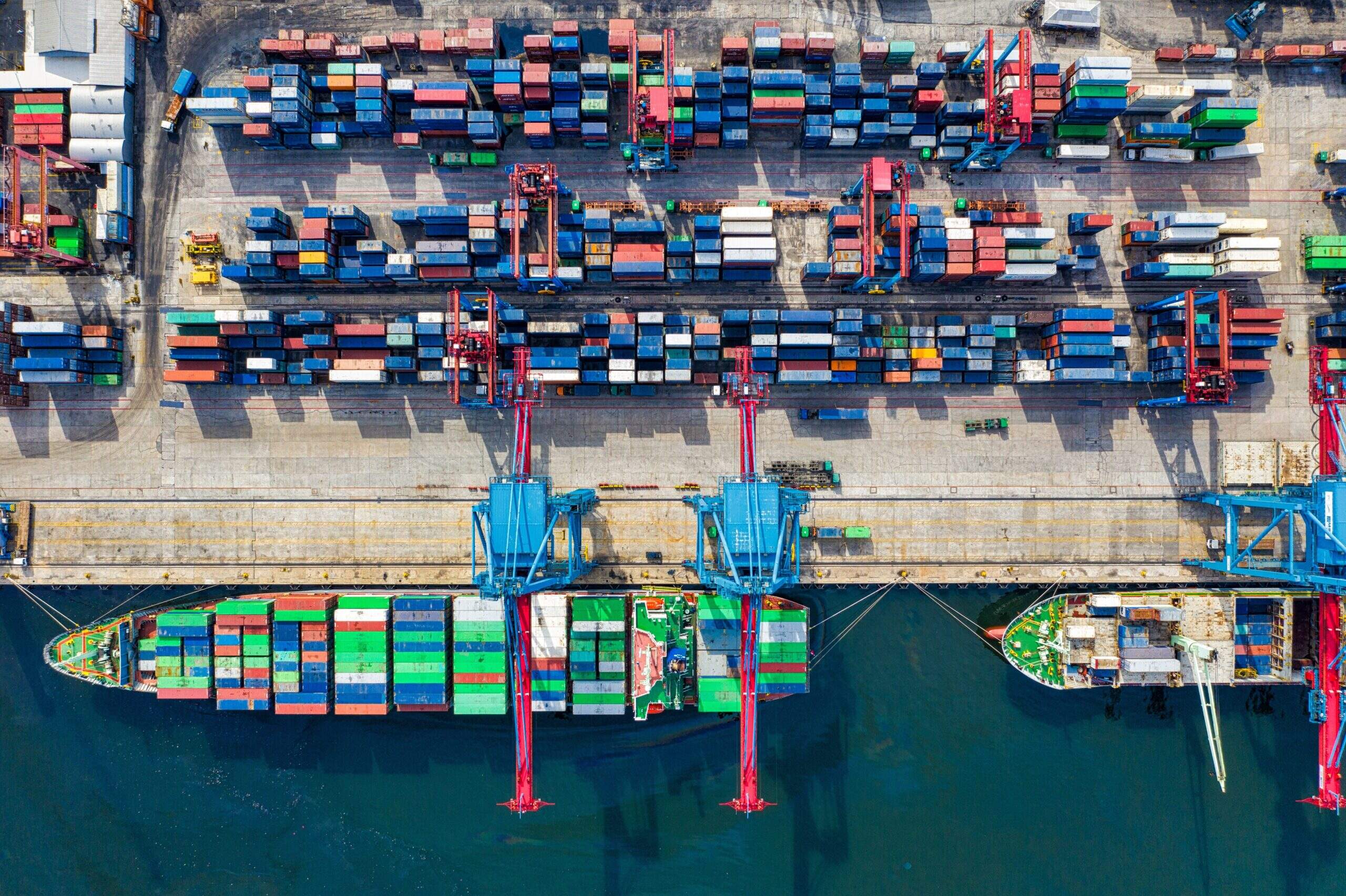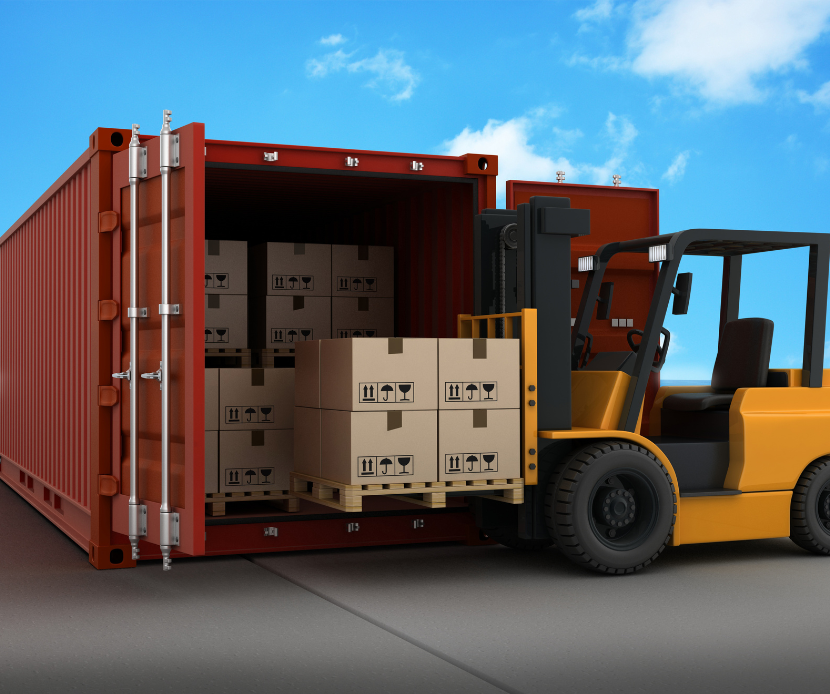ocean freight shipping costs
Ocean freight shipping costs encompass the various expenses associated with transporting cargo across international waters, representing a crucial component of global trade logistics. These costs are influenced by multiple factors, including fuel prices, vessel capacity, route selection, and seasonal demand fluctuations. The pricing structure typically includes base freight rates, bunker adjustment factors, terminal handling charges, and various surcharges. Modern ocean freight cost management utilizes sophisticated digital platforms that provide real-time rate comparisons, automated booking systems, and tracking capabilities. These technological advancements enable shippers to optimize their transportation expenses while maintaining visibility throughout the shipping process. The cost calculation process considers container types, shipment volume, origin and destination ports, and transit times. Additionally, contemporary ocean freight solutions incorporate sustainable practices and fuel-efficient vessels, which can impact overall costs while addressing environmental concerns. Understanding these costs is essential for businesses engaged in international trade, as they significantly influence product pricing and profit margins.


